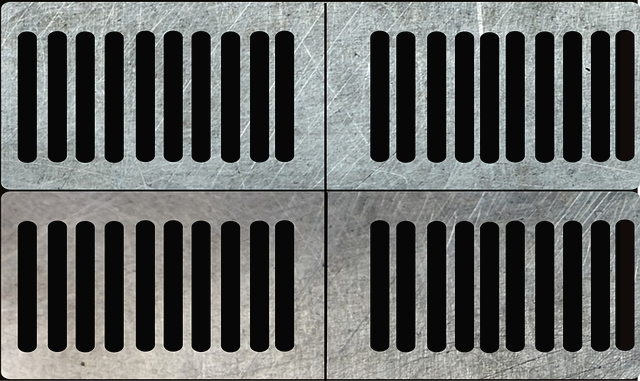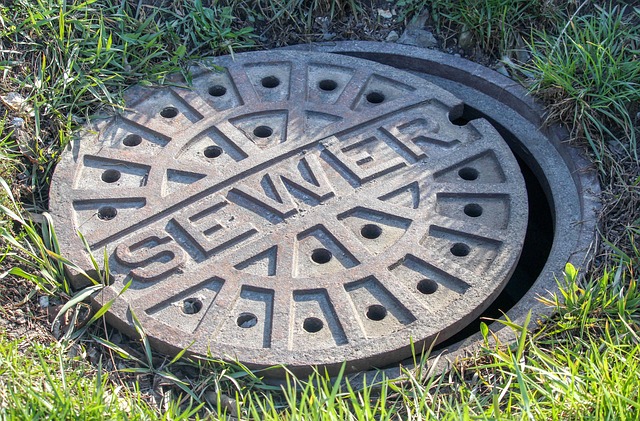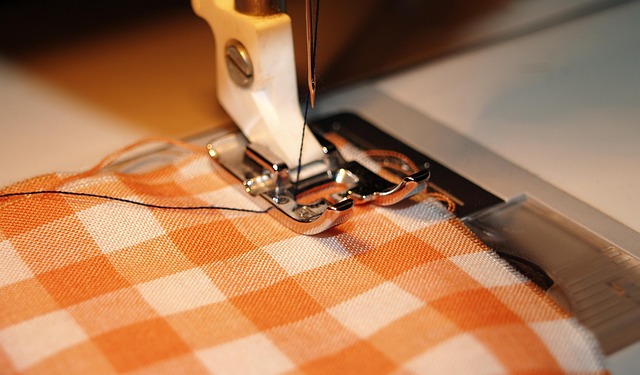Trenchless sewer repair, utilizing advanced equipment like high-pressure water jets and fiber optic cameras, offers a non-invasive solution for fixing or replacing underground pipes through existing access points. This method significantly reduces damage to landscapes, shortens project durations, lowers costs, and preserves infrastructure, making it ideal for both residential and commercial settings. A Sewer Line Repair Guide emphasizing trenchless methods provides an efficient, cost-effective, and environmentally friendly approach to future sewer maintenance.
Trenchless sewer repair is transforming the way we fix underground pipes. This innovative approach, detailed in this comprehensive Sewer Line Repair Guide, offers a non-invasive solution to traditional dig-and-replace methods. By employing advanced technologies, trenchless restoration techniques not only preserve landscapes but also enhance efficiency and reduce costs. Understanding these methods and their benefits is crucial for future infrastructure maintenance, ensuring sustainable and effective sewer line repairs.
- Understanding Trenchless Sewer Repair: Techniques and Benefits
- The Technology Behind Non-Invasive Pipe Restoration
- Advantages and Considerations for Future Infrastructure Maintenance
Understanding Trenchless Sewer Repair: Techniques and Benefits

Trenchless sewer repair is a cutting-edge approach revolutionizing the way we fix underground pipes, offering a seamless and efficient alternative to traditional excavation methods. This innovative technique involves repairing or replacing sewer lines without digging up the ground, significantly reducing disruption to properties and landscapes. By utilizing specialized equipment and advanced technology, trenchless sewer repair can be performed from access points already present in your home, such as drain lines or manholes.
The benefits of trenchless sewer repair are numerous, making it an attractive option for both residential and commercial applications. This method minimizes damage to surrounding areas, eliminates the need for extensive excavation, reduces project timelines, and lowers overall costs. Moreover, trenchless techniques preserve the existing infrastructure, ensuring longevity and performance. For homeowners and businesses alike, a Sewer Line Repair Guide featuring trenchless methods offers a modern solution that balances effectiveness with environmental stewardship.
The Technology Behind Non-Invasive Pipe Restoration

Trenchless sewer repair technologies have revolutionized the way we fix underground pipes, offering a non-invasive approach that’s both efficient and effective. This innovative method eliminates the need for traditional excavation, which can be costly and disruptive. By using advanced equipment like high-pressure water jets, fiber optic cameras, and specialized machinery, technicians can accurately assess and repair sewer lines without disturbing the surrounding environment.
A Sewer Line Repair Guide would highlight the various techniques within this category, such as relining, where a new pipe is inserted into the existing one, and patching, which repairs small damage areas. These methods not only extend the life of sewer systems but also reduce costs for both homeowners and municipalities. By minimizing excavation, trenchless technology conserves resources, speeds up repair times, and ensures a cleaner, more sustainable underground infrastructure.
Advantages and Considerations for Future Infrastructure Maintenance

Trenchless sewer repair offers a host of advantages for future infrastructure maintenance, making it a game-changer in the world of plumbing and sewage management. Firstly, it’s a non-invasive method that eliminates the need for extensive excavation, thereby reducing damage to surrounding structures and minimizing environmental impact. This is particularly beneficial in densely populated urban areas where accessing underground pipes without causing disruptions is challenging.
Secondly, trenchless technology enhances efficiency and cost-effectiveness. By avoiding traditional digging methods, repair crews can complete jobs faster, leading to less labor and material expenditure. Moreover, this modern approach improves safety for workers by eliminating the risks associated with operating heavy machinery in confined spaces. As a result, trenchless sewer repair is not just an innovative solution for immediate pipe issues but also a sustainable and practical guide for future sewer line maintenance, ensuring long-term reliability and minimizing the hassle of traditional excavation methods.
Trenchless sewer repair techniques are revolutionizing the way we maintain underground infrastructure. By adopting these innovative methods, we can significantly reduce the disruption caused by traditional dig-and-replace practices, making it an eco-friendly and cost-effective solution for both residents and municipalities. As technology continues to evolve, trenchless sewer repair will undoubtedly play a pivotal role in ensuring efficient and sustainable pipe restoration for years to come, offering a comprehensive Sewer Line Repair Guide for future infrastructure maintenance.
